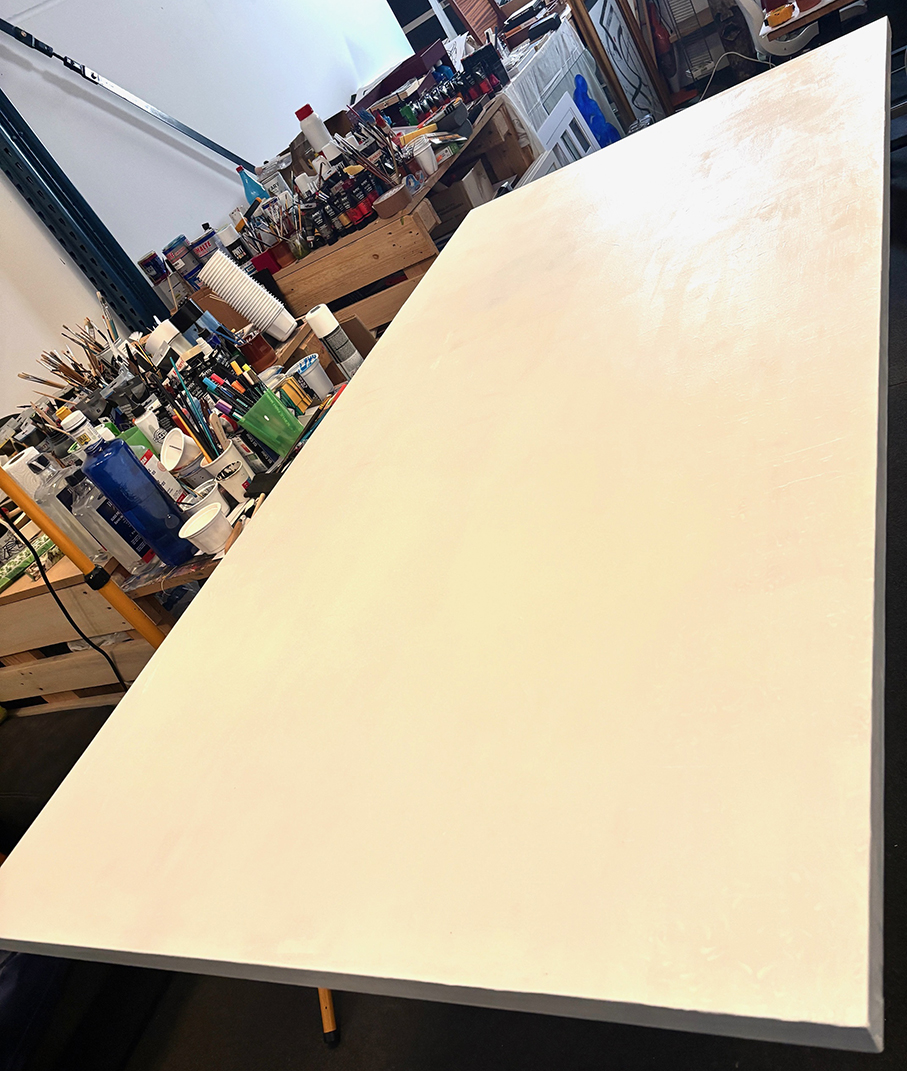There are days when the blank canvas becomes my worst enemy. I lay down the first stroke, then the second and the third, but sometimes something inside me knows it’s not working. I push forward, trying to salvage it, to make sense of the shapes unfolding before me, but the emptiness remains, lingering, telling me no.
Sometimes I feel like I’ve wasted time, materials, and energy on something that simply doesn’t speak to me. And that’s when doubt creeps in: Do I keep insisting? Do I let it be imperfect and flawed? Or do I give the surface in front of me another chance?
Almost always, I choose the latter. I pick up the palette knife, the brush, or my own hands and cover everything with a new layer of paint, not as an act of defeat, but of liberation. There’s something incredibly cathartic about erasing what doesn’t work and starting over. It’s as if each mistake is a reminder that there is still more to say, more to explore.
Repainting a canvas is not just about correcting an error; it’s also about recognizing that what we create is dynamic, that art is not a final result but a process in constant evolution. Sometimes, when I cover what I don’t like, I discover new textures and forms and traces of what existed before, like scars that enrich what is yet to come. And that makes me feel alive.
A mistake is just the beginning of another path, an opportunity disguised as frustration. Because every time I cover the old and start again, I’m not going back to zero, I’m moving forward. And perhaps, just perhaps, in that new layer of color and texture, I will finally find what I was looking for.


